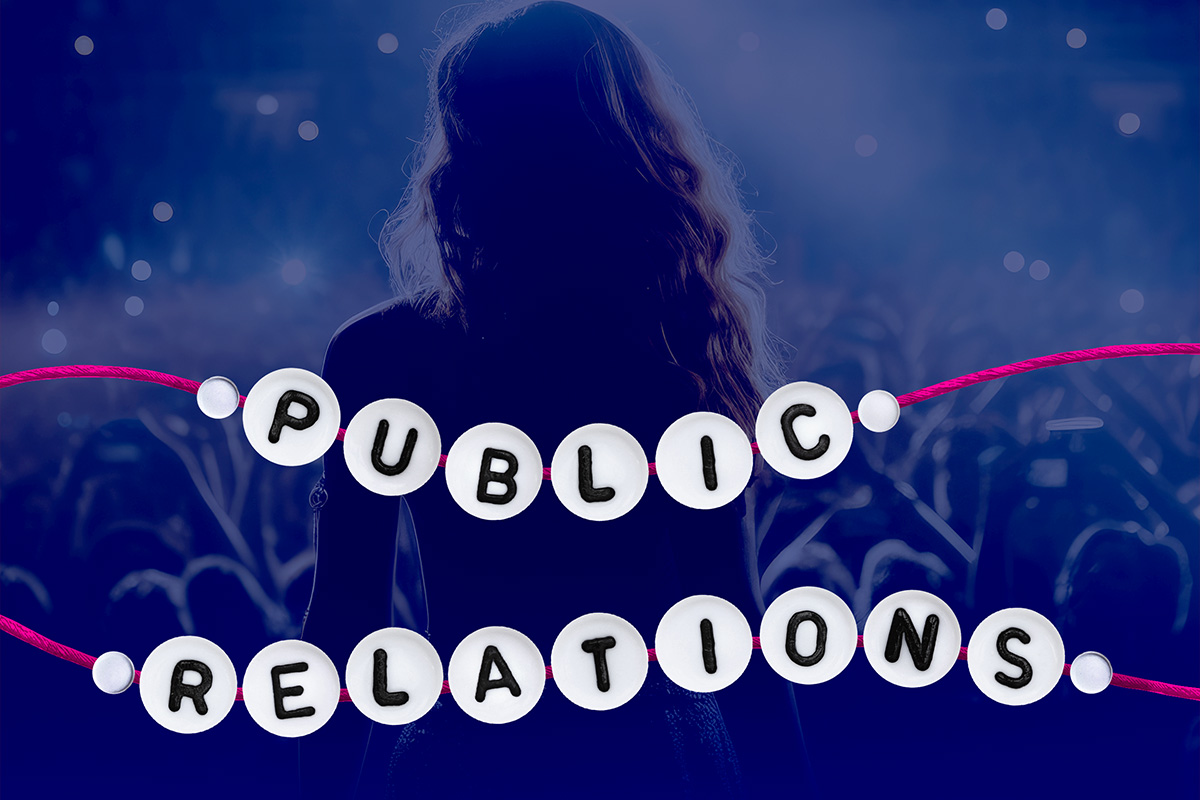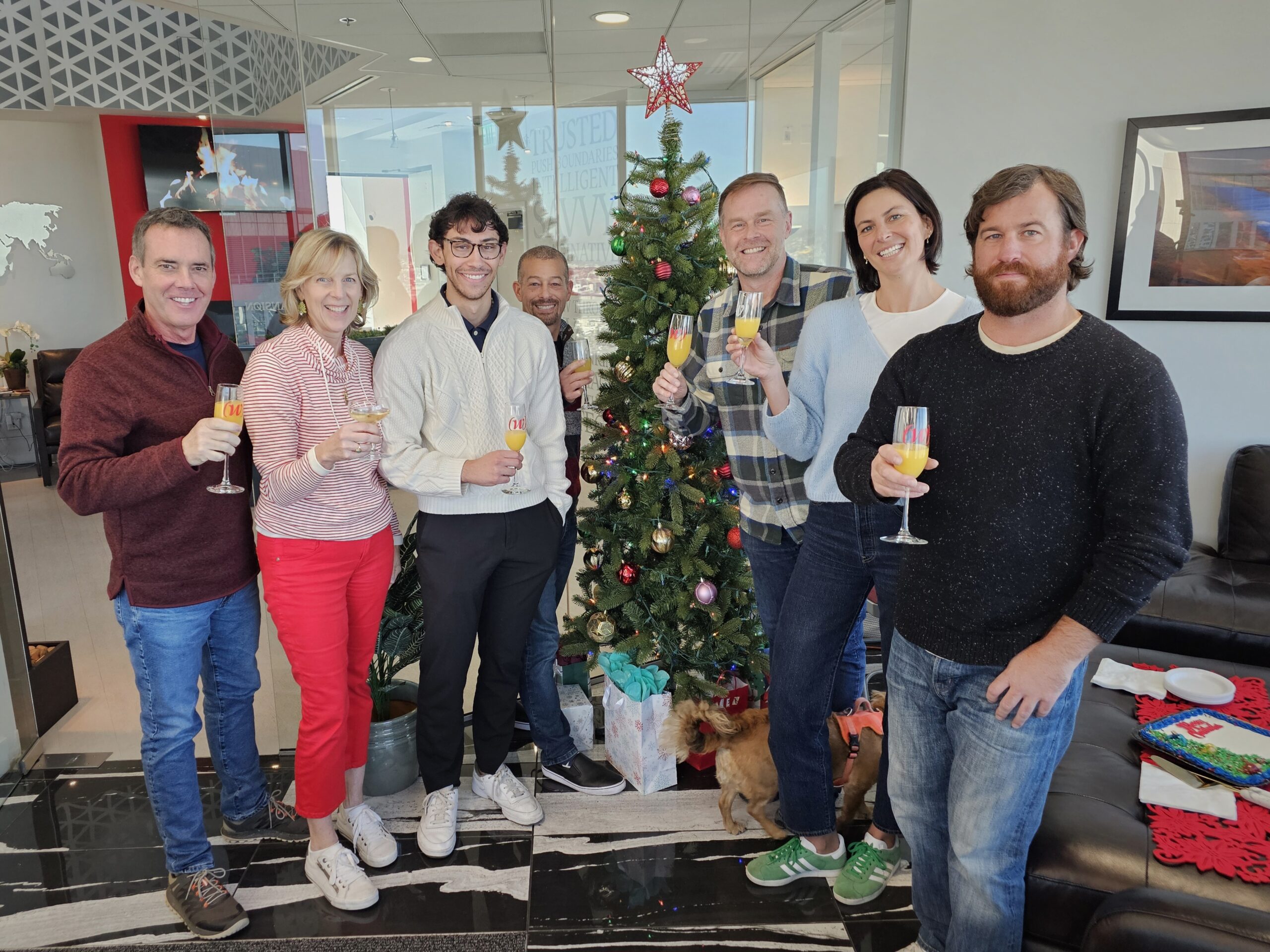Uncover how public relations jobs on the West Coast can match the impact of any PR company in New York City—because effective PR isn’t bound by location.
Continue readingPR Company to the Rescue? Maybe…
When is the right time to call for PR help? Learn when PR is a lifeline for building trust, shaping perception and driving long-term success.
Continue readingWhat Public Relations Pros Can Learn from Taylor Swift
From targeting new audiences to controlling the narrative, Public Relations pros can learn from Taylor Swift’s strategic genius. Explore our key takeaways for PR success.
Continue readingBreaking Through the Clutter: Get Your Senior Living Community Noticed
These are the latest communications best practices impacting the senior living industry—how the right engagement leads to the best outcomes.
Continue readingCommunity Engagement for Renewable Energy Projects: The Make or Break Factor
Successful clean energy projects feature strong community engagement. By fostering transparency and building local partnerships, community engagement for renewable energy can minimize conflicts and deliver long-term benefits.
Continue readingA Year-end Tribute to the Media and Journalism
As 2024 comes to a close, we want to take a moment to acknowledge and celebrate the incredible work of journalists, reporters, radio and television news broadcasters, news producers and video journalists across the country. Your dedication to reporting on the stories that shape our communities and our world is nothing short of remarkable – and increasingly necessary.
The role of a journalist has evolved significantly over the years. In today’s digital landscape, the pace is faster and the platforms more diverse. Despite these challenges, you continue to hold fast to the principles of truth, accuracy and integrity—principles that are the bedrock of a free and informed society. From breaking news and investigative reporting to feature stories that inspire and uplift, your work informs and empowers millions of people every day.
We understand your jobs are not easy. The pressure to deliver is immense and the stakes are high. That’s why we are committed to being a trusted partner to the media professionals we work with. It’s our goal to make your jobs easier by always providing clear, accurate and timely information. Whether it’s connecting you with expert sources, facilitating interviews or providing context for complex stories, we strive to support you in your mission to keep the public informed.
At (W)right On Communications, we also recognize the critical role you play in fostering understanding and driving meaningful conversations. In an age where misinformation can spread quickly, your work serves as a vital counterbalance, helping to ensure that facts and truth prevail. Your dedication to the craft and your commitment to serving the public good inspire us every day.
As we look ahead to 2025, we salute your resilience, your creativity and your tenacity, and we pledge to continue being a reliable resource for you as we all navigate the ever-changing media landscape. Your contributions are invaluable and your efforts do not go unnoticed. Here’s to a bright and impactful New Year—we can’t wait to see the stories you bring to life in the year ahead!
ABOUT THE AUTHOR: David Cumpston is Associate Vice President of (W)right On Communications, Inc. Over his more than 20 years in public relations, he has worked with journalists in the San Francisco Bay Area, San Diego, nationally and internationally. David is also an avid news consumer with a deep respect for his media colleagues.
















 Grant Wright
Grant Wright Corie Fiebiger
Corie Fiebiger
 Shae Geary
Shae Geary Phelan Riessen
Phelan Riessen Katrina Early
Katrina Early Hamish Marshall
Hamish Marshall